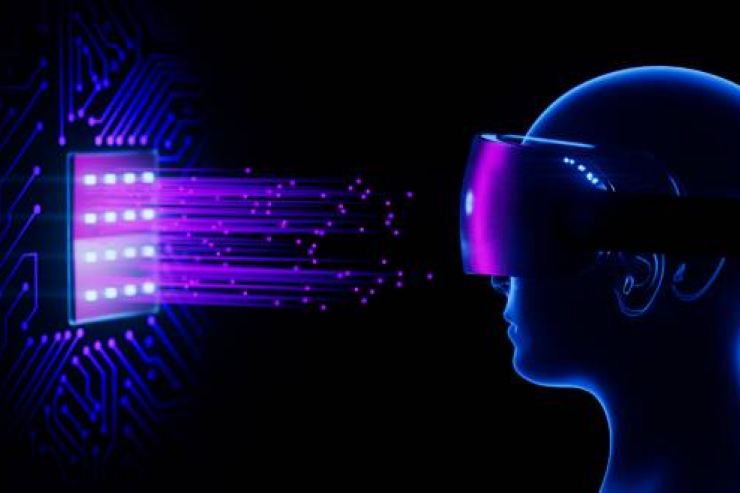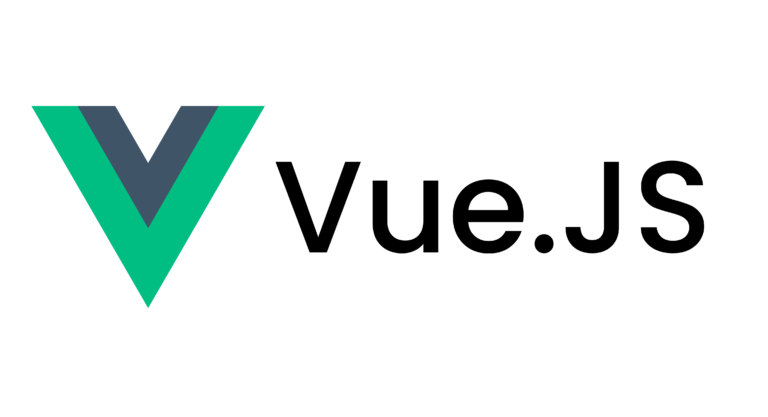Web development has come a long way since the early days of the internet, when HTML and CSS were the leading technologies used to create websites. Today, web development has become more complex, with various frameworks and technologies available to developers.
Three of the most popular stacks used in web development today are the MEAN stack, MERN stack, and LAMP stack. In this article, we’ll look at these stacks and explore the future of web development.
What is a Stack?
A collection of different kinds of software that are used together in the process of developing websites is called a stack. A stack’s standard components are a back-end programming language, a database, and a front-end framework or library. While building online applications that are scalable, efficient, and secure, a stack is the component that is employed.

MEAN Stack:
The MEAN stack is a popular choice for developing web applications because it allows developers to write both the client-side and server-side code in JavaScript. MEAN stands for :
M = MongoDB
E = Express
A = Angular
N = Node.js.
MongoDB is a NoSQL database that is used to store and manage data. Express is a Node.js framework that provides tools for building web applications. Angular is a front-end framework that is used to create dynamic user interfaces. Node.js is a server-side JavaScript runtime environment that allows developers to write server-side code in JavaScript. The project is incredibly quick, thanks to NodeJS and ReactJS. The MERN Stack’s four parts together offer developers a complete working environment.
MERN Stack spans the entire development cycle, beginning with front-end development and ending with back-end development. The MERN stack supports the MVC design, eliminating obstacles from the development process. A collection of proprietary testing tools are pre-built into the MERN stack.
MERN Stack:
MERN Stack is a hot topic in 2023; developers regularly use it to create cutting-edge apps. Four keywords are used in acronyms, and each alphabet expresses or demonstrates a meaning. Thus MEAN stands for :
M =Mongodb
E = Express
R = ReactJS.
N = NodeJS.
The MERN stack is similar to the MEAN stack, but uses React instead of Angular. React is a popular front-end library that is used to build user interfaces. The MERN stack is popular for web applications because it allows developers to make fast and scalable applications.
LAMP Stack:
The LAMP stack is one of web development’s oldest and most popular stacks. LAMP stands for:
L = Linux
A = Apache
M = MySQL
P = PHP/Perl/Python
LAMP is an open-source web development platform. Linux is an open-source operating system used as the server operating system. Apache is a web server software used to serve web pages to clients. MySQL is a relational database management system used to store and manage data. PHP/Perl/Python is an object-oriented scripting language. PHP is a server-side scripting language used to write server-side code.

The Future of Web Development:
As web development continues to evolve, the MEAN and MERN stacks are becoming more popular. The reason for this is that these stacks allow developers to build web applications that are more efficient and scalable. These stacks also enable developers to write both the client-side and server-side code in JavaScript, which makes it easier to build web applications.
On the other hand, the LAMP stack is still popular and widely used. Many web applications still use PHP and MySQL because they are well-established technologies that have existed for a long time. However, as web development continues to evolve, we may see a shift away from the LAMP stack and towards the MEAN and MERN stacks.
Do you need full-stack developers?
Businesses and a wide variety of clients have confidence in the ReverbSoft Technologies. You can find full-stack engineers proficient in MEAN, MERN, and LAMP technologies whoh can produce highly effective, dynamic, and on-demand solutions. To give beneficial web user experience and enticing features to grow your business.
Conclusion:
In conclusion, web development has come a long way since the early days of the internet. Today, developers have a variety of frameworks and technologies to choose from when building web applications. The MEAN and MERN stacks are becoming more popular because they allow developers to build web applications that are more efficient and scalable.
The LAMP stack is still popular and widely used, but we may see a shift away from this stack in the future. As web development evolves, seeing what new technologies and stacks emerge will be interesting.





